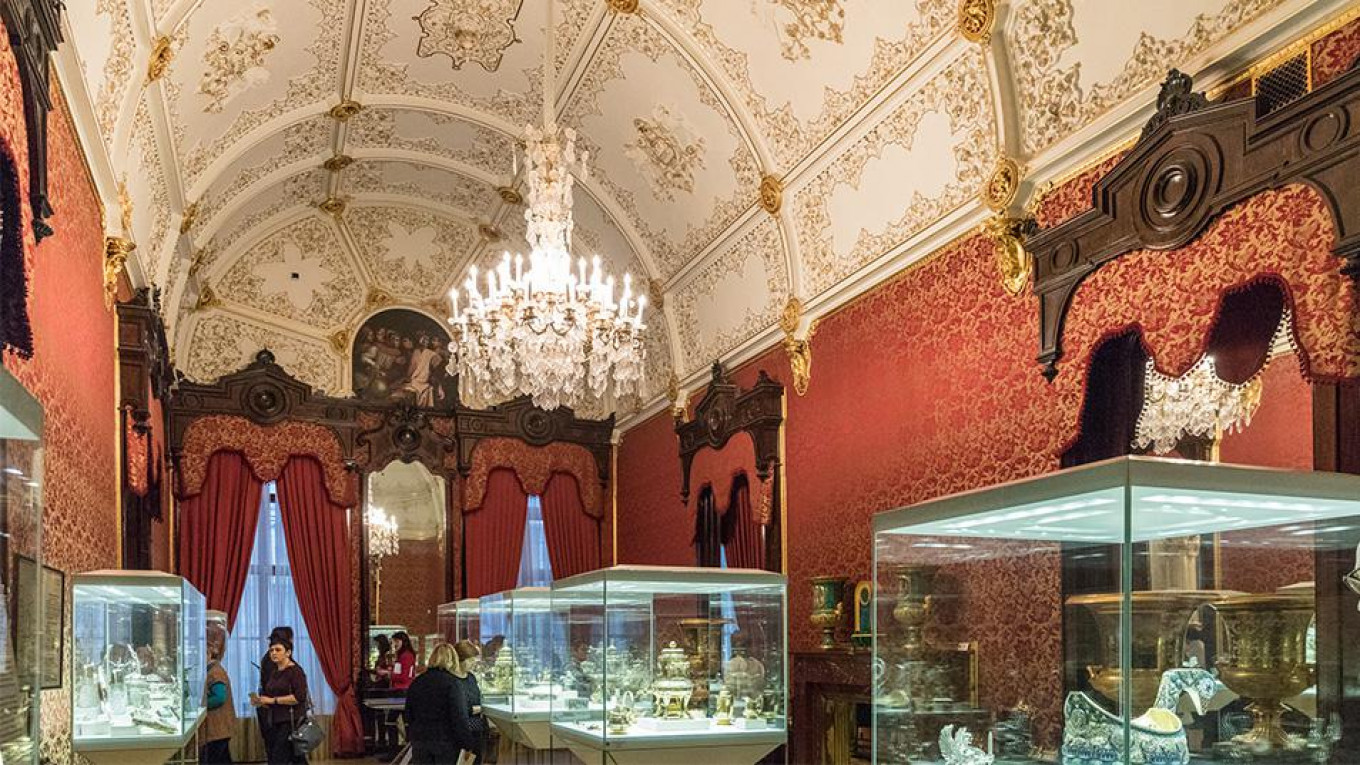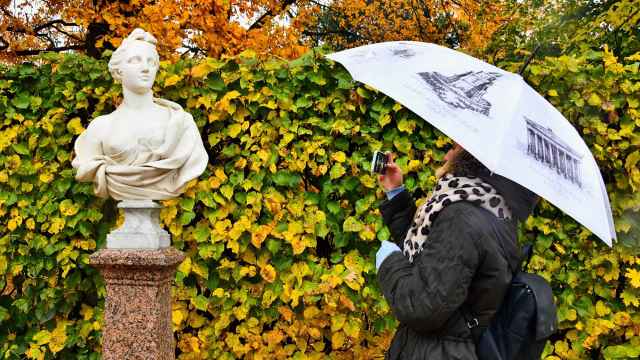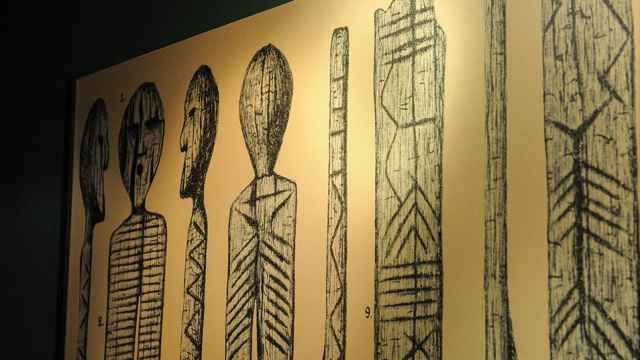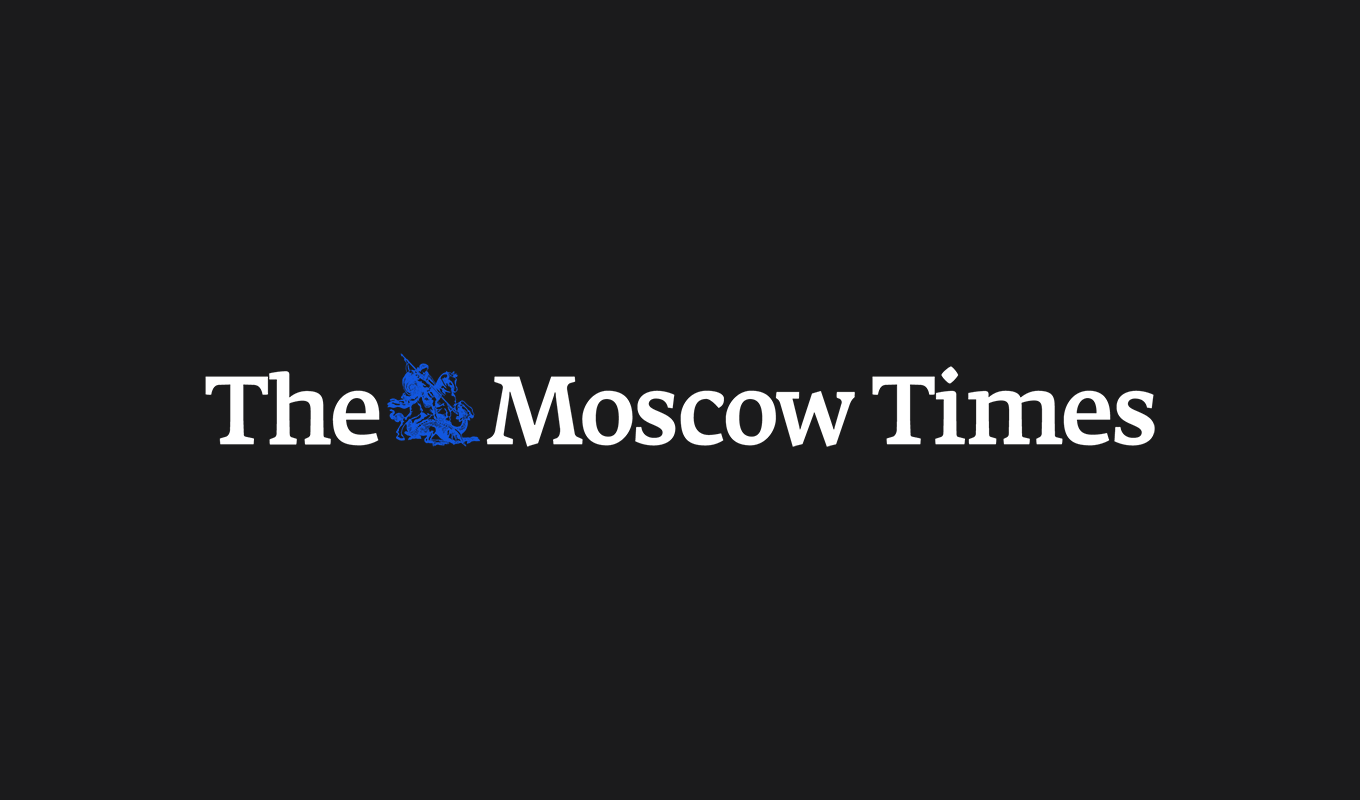On the bank of the Fontanka river right in St. Petersburg’s city center, the Fabergé museum offers a fascinating fusion of art works from the times of Imperial Russia together with a temporary exhibition of Paris’ ‘wicked’ artists of the Roaring Twenties.
The Fabulous Fabergé Eggs
The museum owes its name to Peter Carl Gustavovich Fabergé, the head of the Fabergé dynasty and creator of the famous Easter eggs which bear his name. The House of Fabergé was founded in St. Petersburg in 1842, and its skilled and creative designers and jewelers soon made the company Purveyors to the Imperial Court, a title held until the Revolution in 1917.
The Shuvalov Palace, which hosts the permanent exhibition, is well worth a visit on its own merits. Its ten splendid rooms feature a vast collection of items once belonging to the Russian aristocracy and royal family as well as an exhibition of religious icons.
The most famous room, the Blue Room, holds the Imperial Easter Eggs, which represents the second largest collection of Imperial eggs in the world. The museum also preserves the First Hen Egg, also known as the Jeweled Hen Egg, the first egg that the Tsar Alexander III commissioned from Fabergé as a gift for his wife Maria Fyodorovna. The egg was received with such enthusiasm that a tradition was created, and each year milestones in the lives of the royal family were celebrated in intricate Easter eggs.
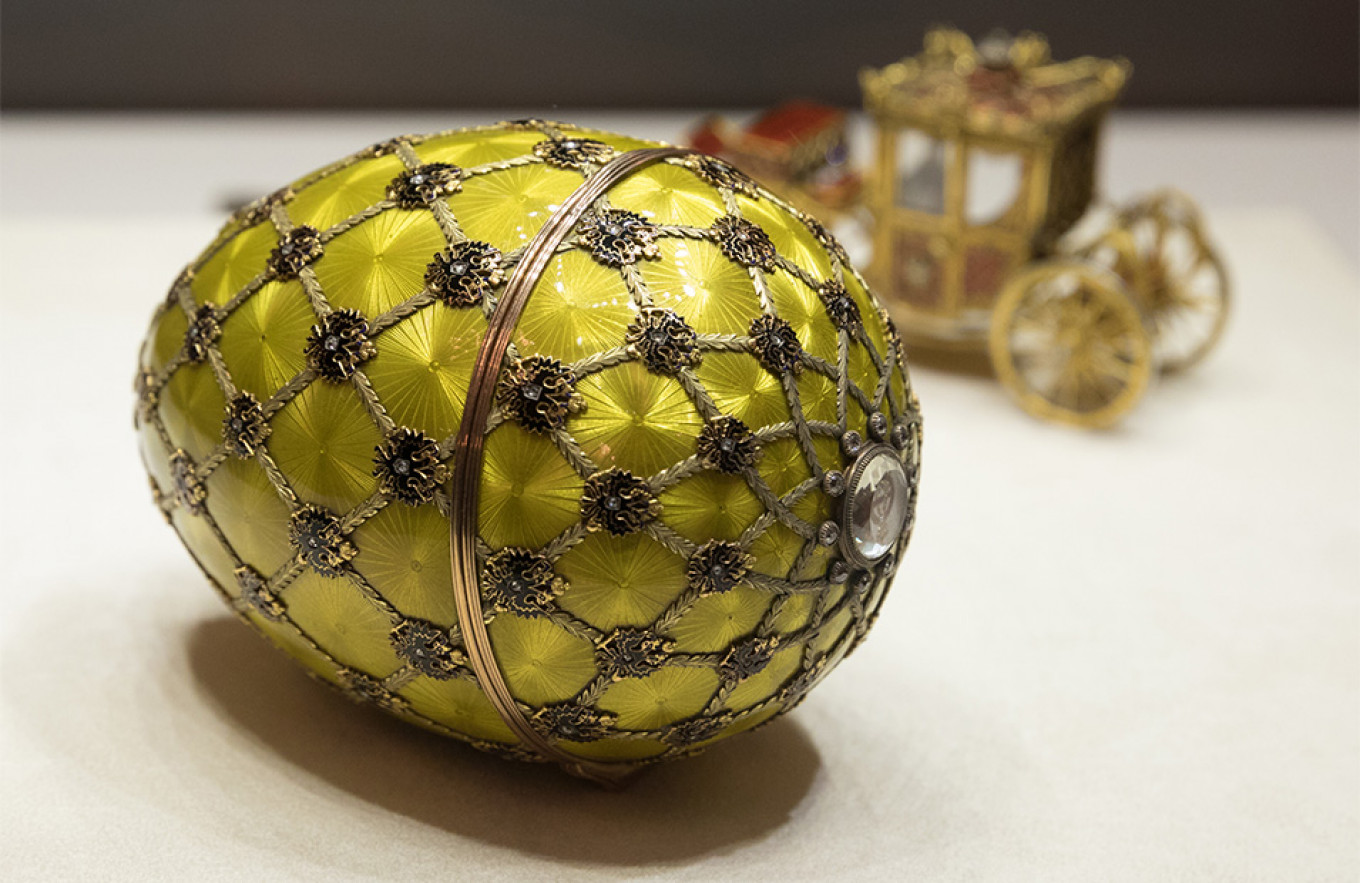
The Legends of Montparnasse
The temporary exhibition, which runs until March 25th, opens with a portrait of the collector Jonas Netter without whom the whole collection would have probably remained unknown to the public.
The exhibition immerses visitors into the Bohemian lives of the artists of Montparnasse, the Parisian neighborhood known for being the center of artistic, intellectual and social life in the city during les Années Folles (the Crazy Years) of the 1920s and 1930s.
Of particular significance in the collection are the paintings of two friends, Amedeo Modigliani and Chaim Soutine. Their paintings, mostly portraits, unveil the intimate relationships of the artists with their subjects and show us a glimpse of the world around them.
Both artists were extraordinarily talented but shared tumultuous lives. Modigliani’s work is quite intimate. He passionately depicted the people most dear to him, like his wife Jeanne Hébuterne, who committed suicide just two days after his death.
In contrast with Modigliani’s well-defined strokes, Soutine’s paintings are more emotional, the lines are blurred and the details undefined, but his portraits are vibrant and expressive.
Among the artists represented in the exhibition, it is worth noting the work of Suzanne Valadon, an important figure for the social and creative emancipation of women at the time, as well as her son Maurice Utrillo, acclaimed for his cityscapes.
The exhibition also includes a collection of photographs depicting the Montparnasse artists in their social environment and a fifteen-minute-documentary about their lives.
21 Naberezhnaya Reki Fontanki. Metro Gostiny Dvor. +7 (812) 333 2655. fabergemuseum.ru
A Message from The Moscow Times:
Dear readers,
We are facing unprecedented challenges. Russia's Prosecutor General's Office has designated The Moscow Times as an "undesirable" organization, criminalizing our work and putting our staff at risk of prosecution. This follows our earlier unjust labeling as a "foreign agent."
These actions are direct attempts to silence independent journalism in Russia. The authorities claim our work "discredits the decisions of the Russian leadership." We see things differently: we strive to provide accurate, unbiased reporting on Russia.
We, the journalists of The Moscow Times, refuse to be silenced. But to continue our work, we need your help.
Your support, no matter how small, makes a world of difference. If you can, please support us monthly starting from just $2. It's quick to set up, and every contribution makes a significant impact.
By supporting The Moscow Times, you're defending open, independent journalism in the face of repression. Thank you for standing with us.
Remind me later.



